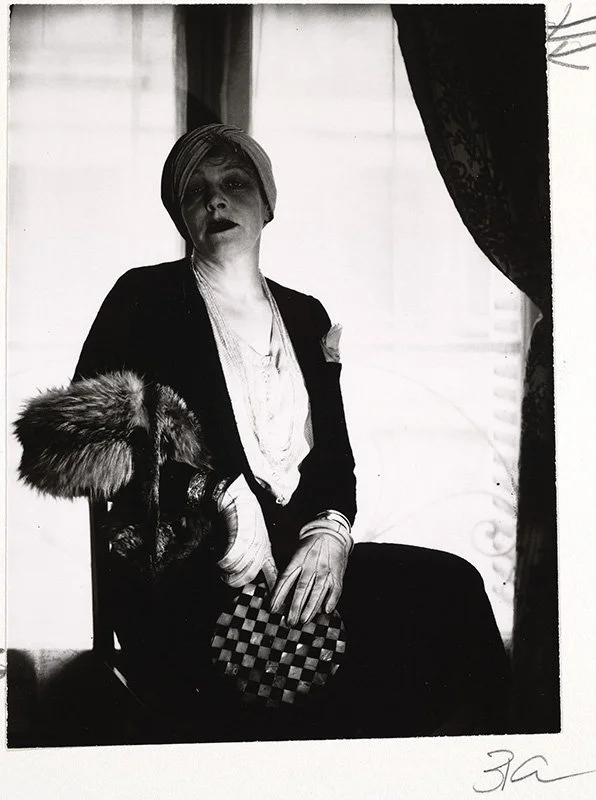Exhibition review: Berenice Abbott, Portraits of Women, 1925-1930
Written by Michelle O’Malley
Edited by Sophie Yates
For a long time, portraits of women only highlighted subjects’ exterior and physical features, rarely giving women a chance to share their other great attributes as well. American documentarian Berenice Abbott (1898-1991) took it upon herself to change this narrative. Her work was considered out of the ordinary for its time due to its portrayal of mostly queer women taking on powerful poses. Abbott was widley influential for her art presented in On Our Backs, a women-run magazine focused on lesbian sexuality and culture. Abbott’s exhibition, Portraits of Women, 1925-1930 curated by Kate Addleman-Frankel is currently being presented at Cornell University’s Johnson Museum of Art in Ithaca, New York alongside Radical Desire: Making On Our Backs, showcasing the magazine’s unprecedented journey to publication and eventual praise.
Abbott began her career as Man Ray’s darkroom assistant in Paris 1923, eventually becoming an assistant in his portrait studio where she picked up her own skills in the craft of photography. She even went on to open her own portrait studio in Paris in 1930, where she selected female subjects with similar views of independence and autonomy for women.
Though she did not speak openly about her sexuality, Abbott made no secret of her 30-year relationship with art-critic Elizabeth McCausland and featured queer women in her portraits. Her black-and-white portraits displayed openly queer women such as Margaret Anderson (1930), Solita Solano (1927), and Princess Eugène Murat (1930). Each portrait includes fully-clothed women, sitting in tasteful positions of independence rather than mere beautification. These portraits are from the Johnson Museum’s collection and are being displayed for the first time.
Alongside Abbott’s Portraits of Women is Radical Desire: Making On Our Backs Magazine, an exhibition of the women-run magazine from 1984 inspired by Abbott’s female-empowering portraiture. A key part of the magazine, Tee Corine wrote of the impact of Abbott’s photography, saying, “Her portraits of women in general and lesbians in particular offer us vivid material from which to develop a woman centered aesthetic.”
Such a combination of works over time showcases Abbott’s lasting effect on the queer women for generations to come.
Berenice Abbott: Portraits of Women, 1925–1930 is on display at the Herbert F. Johnson Museum of Art at Cornell University from February 5 to July 31, 2022.










